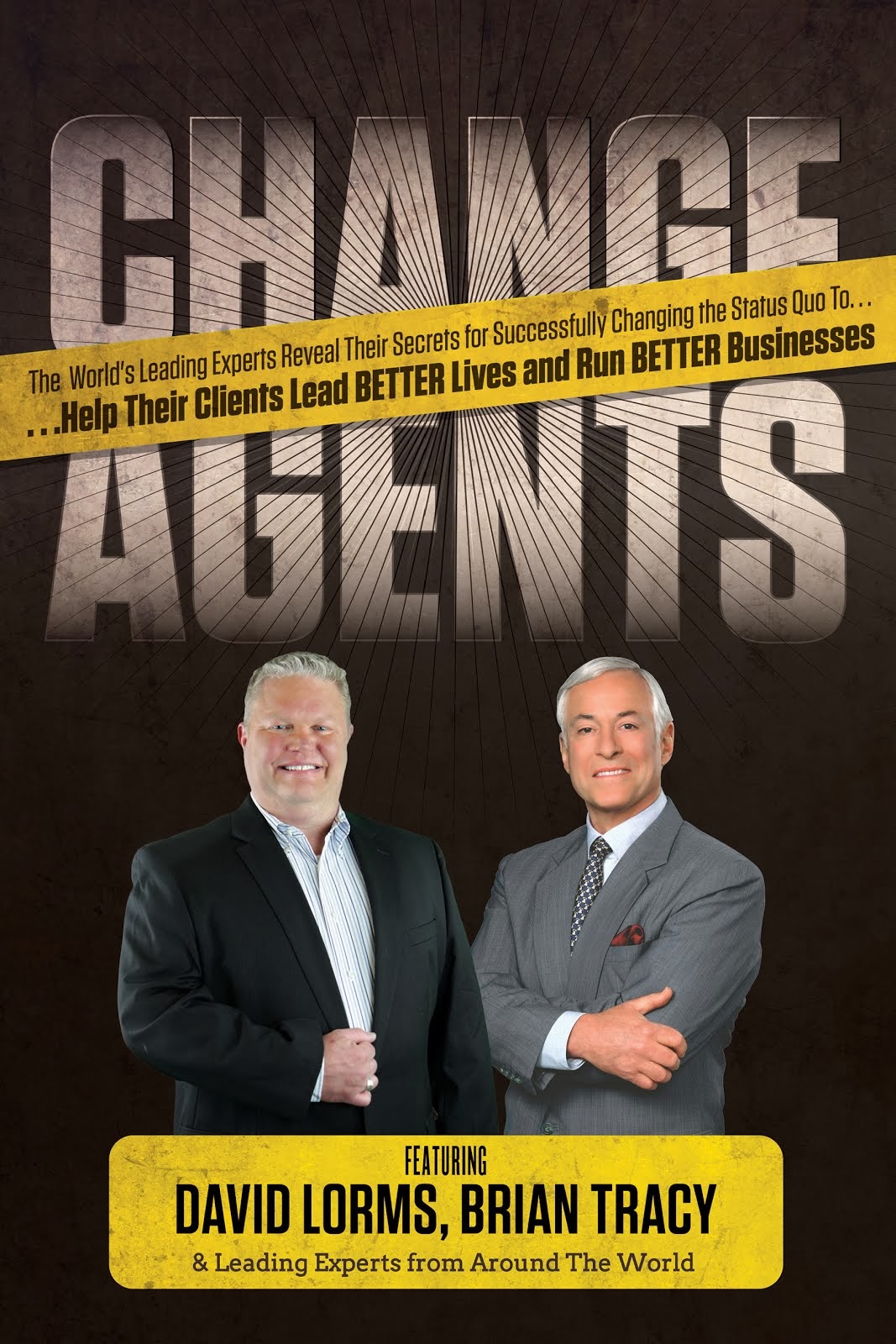The website for Americans to buy insurance under President Barack Obama's health care law should be working smoothly for most users by the end of November, a White House official assigned to fix Healthcare.gov said Friday.
Jeffrey Zients told reporters in a conference call that Quality Software Services Inc., or QSSI, will serve as a general contractor to oversee the repairs.
The administration has not had a technology company overseeing the entire project. Instead, the government decided early on that the Centers for Medicare and Medicaid Services, part of the U.S. Department of Health and Human Services, would serve as the system integrator.
The company, a unit of health insurer UnitedHealth Group Inc., already has a technology contract related to the website and testified on Thursday to a congressional panel about problems with the system.
QSSI produced the federal data hub and a software tool for creating online consumer accounts, which was at the center of early logjam problems.
Online insurance exchanges were launched on Oct. 1 under the 2010 Patient Protection and Affordable Care Act, often called "Obamacare," to offer health insurance plans to millions of uninsured Americans. But many Americans have experienced error messages and long waits in trying to sign on to Healthcare.gov, which has become a political embarrassment for President Obama.
"By the end of November, the vast majority of consumers will be able to successfully and smoothly enroll through Healthcare.gov," Mr. Zients said.
'A lot of problems'
Mr. Zients said he had brought in technology experts to establish the problems with the website and to prioritize the repairs. Based on that assessment, he described Healthcare.gov as being "fixable.""It will take a lot of work and there are a lot of problems that will need to be addressed, but the bottom line is that it is fixable," he said.
He said experts had identified "dozens of items" to be fixed in terms of both
performance and functionality, and said a problem related to communications with
insurers was on the top of the list. He did not provide further details about
the nature of the glitches.
Earlier this week, the government told insurers in a meeting that it was working to fix data transmission problems with applications and also with the technology that can allow insurers to directly enroll consumers in exchange plans.
The government expects about 7 million people to enroll for individual insurance in 2014, many of whom are expected to receive government subsidies. Consumers must enroll by mid-December to have insurance on Jan. 1 and by the end of March 2014 if they want to avoid paying the penalty laid out in the Affordable Care Act.
About 90% of people who try to create accounts are able to do so, but the ability to complete an application has been "volatile," Mr. Zients said. The government said that about 700,000 Obamacare applications had been filled out across the country but has not provided enrollment figures.
The federal government is running the website for 36 states while 14 other states have built their own exchanges to sell insurance policies under Obamacare. Some state sites have also had technology issues.
Republican lawmakers, long opposed to Obamacare, have pounced on the rocky rollout to launch multiple investigations into the administration's missteps and the role of contractors.
Some Democrats have also criticized the administration and called for extending the open-enrollment period beyond the existing March 31 deadline.
Two committees in the Republican-controlled House of Representatives will hold hearings next week, one with Health and Human Services Secretary Kathleen Sebelius and another with Marilyn Tavenner, administrator of the Centers for Medicare and Medicaid Services.
The White House said last week that President Obama still has "full confidence" in Ms. Sebelius, whose department is responsible for implementing the law.
Earlier this week, the government told insurers in a meeting that it was working to fix data transmission problems with applications and also with the technology that can allow insurers to directly enroll consumers in exchange plans.
The government expects about 7 million people to enroll for individual insurance in 2014, many of whom are expected to receive government subsidies. Consumers must enroll by mid-December to have insurance on Jan. 1 and by the end of March 2014 if they want to avoid paying the penalty laid out in the Affordable Care Act.
About 90% of people who try to create accounts are able to do so, but the ability to complete an application has been "volatile," Mr. Zients said. The government said that about 700,000 Obamacare applications had been filled out across the country but has not provided enrollment figures.
The federal government is running the website for 36 states while 14 other states have built their own exchanges to sell insurance policies under Obamacare. Some state sites have also had technology issues.
Republican lawmakers, long opposed to Obamacare, have pounced on the rocky rollout to launch multiple investigations into the administration's missteps and the role of contractors.
Some Democrats have also criticized the administration and called for extending the open-enrollment period beyond the existing March 31 deadline.
Two committees in the Republican-controlled House of Representatives will hold hearings next week, one with Health and Human Services Secretary Kathleen Sebelius and another with Marilyn Tavenner, administrator of the Centers for Medicare and Medicaid Services.
The White House said last week that President Obama still has "full confidence" in Ms. Sebelius, whose department is responsible for implementing the law.























